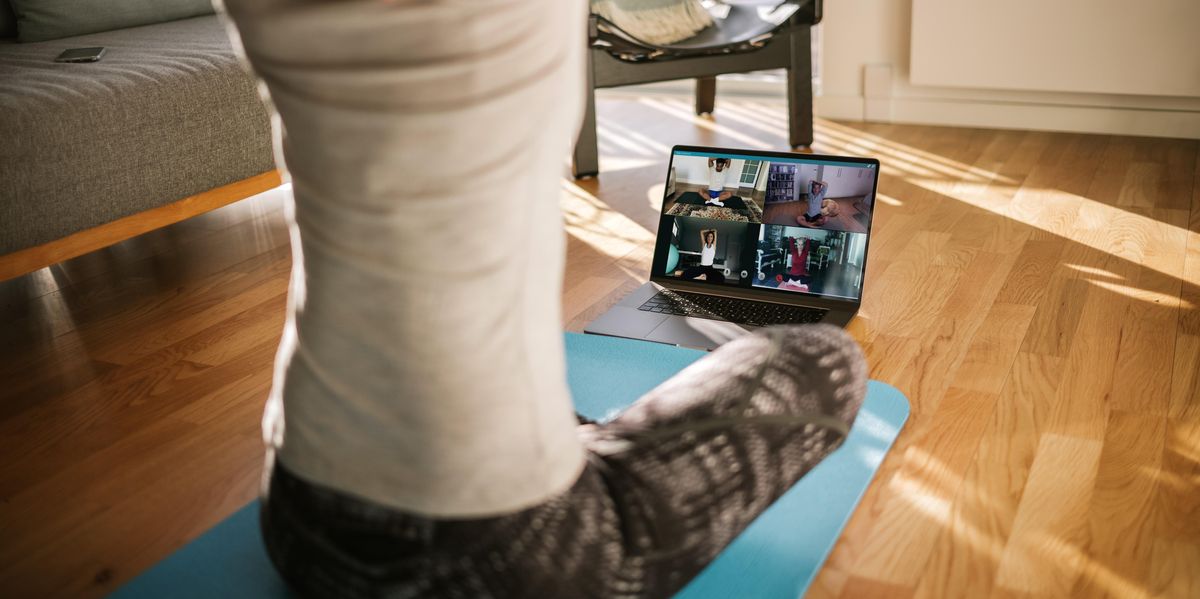How to Make the Most of Your Reduced Dance Schedule
Many dancers fear time off. We grow up being told by teachers that missing class will make us fall behind, or that pursuing other interests could hurt our dancing. This year, there’s been no other option but to take a step back. All dancers are experiencing major interruptions in their training and performing schedules due to the coronavirus pandemic. But as it turns out, there are upsides to a reduced schedule, and dancers who embrace this—rather than fear it—may find they come back to the studio stronger than before.
Heal Old Wounds
A year of dancing less frequently could give your body a chance to recover from nagging injuries. “Dancers tend to really push themselves through chronic issues,” says Selina Shah, MD, FACP, a dance medicine specialist in the San Francisco Bay Area. “As great as dancers are at hiding those injuries, they ultimately affect technique and performance. This is a forced opportunity for recovery that could benefit dancers in the long run.”
Though an in-person exam is always best, says Shah, many dance physicians and physical therapists are offering telemedicine sessions, making their services easier to access than ever before. For example, dancers outside major metropolitan areas may be able to get telemedicine appointments with specialists they couldn’t normally see, helping them figure out the best way to address their injuries.
“This is a fantastic opportunity to slow down and listen to your body, and reprogram your bad habits,” says Katiti King, a faculty member at Barnard College. In addition to online dance classes, King points out that bodyworkers are also offering virtual sessions, providing an opportunity to try new self-care methods, like Alexander and Feldenkrais techniques, and even remote massage therapy consultations and workshops.
Cultivate a Broader Life
Alicia Graf Mack, director of The Juilliard School’s dance division, was forced to take several breaks due to injury and an autoimmune disease during her professional career with companies including Dance Theatre of Harlem and Alvin Ailey American Dance Theater. As devastating as this was, she says, the time away deepened her artistry.
“I was able to get to know myself as a person and not just as a dancer. If you live a life outside of dance, that’s going to inform your artistry,” says Mack, who earned a degree from Columbia University and even interned at JP Morgan during one of her breaks. “Every time I came back to the studio, somehow it would seem simpler. I could strip away fear, anxiety, lack of confidence. I knew how much I wanted to be there.”
Mack suggests taking this time to reconnect with your family. “Dancers are usually so busy. How often do you normally get to have a meal with your parents, your siblings, your grandparents, your aunties?”
This is also a great time to try new hobbies. “If cooking interests you, dive in. Or, a lot of dancers are learning more about film and tech right now. There are so many ways to expand,” says Mack. Cultivating interests outside of dance can improve your mental health in the long run and open up career options, adds Shah.
Dig Deeper
Take advantage of online dance classes and sample new styles you might not usually be exposed to, suggests Mack. Shah adds that a lighter schedule is the ideal time to try new forms of cross-training without worrying that it will interfere with your dancing.
This year also provides an opportunity to dive into dance history, including the broader social and political issues that have influenced dancemakers past and present. “One thing I’ve been thinking about with everything that’s going on politically this year is that you can’t choose your history,” says King. “Some elements of our history are very disturbing, but I think it’s important to know about it all, bad and good.” Seek out books and films about the history of dance styles you practice, and broaden your horizons by reading work from thinkers outside the dance world.






